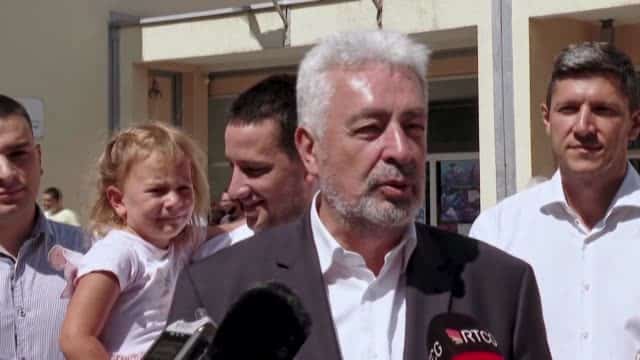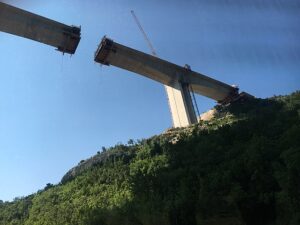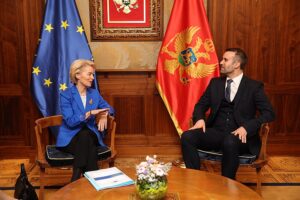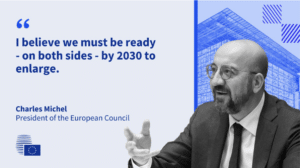On December 4th, the Montenegrin Parliament elected the new Prime Minister Zdravko Krivokapic. This new government is the 42nd in the country’s history and the first after three decades in which President Milo Djukanovic’s Democratic Party of Socialists will not have the power. Forty-one deputies voted for the new Government, 28 were against, and one abstained in the 81-seat parliament.
New PM and his focus
Krivokapic is a 62-year-old, well-respected university professor. He is married and has five adult children and several grandchildren. The new PM has close ties with the Serbian Orthodox Church.
He announced that the priorities in the government’s program would be an economic recovery, the rule of law, the fight against corruption and crime, a new Covid-19 strategy, and good relations with neighbors. The new PM said that “His government wants zero corruption, it will not be easy to achieve’’. Thus, Krivokapic has never been involved in politics – let alone the corruption-ridden that have overshadowed Montenegro.
Challenges
The new Montenegrin government will not be without challenges. Krivokapic only has a narrow parliamentary majority, with only one seat. They will have a hard time reforming and cleaning Montenegro because Milo Djukanovic still influences corrupt civil servants, judges, cigarette smugglers and arms dealers who dominate the country.
However, The country’s new government is comprised of experts in their fields, which are western-oriented, who support NATO. They are patriots in the best sense of the word. Montenegro finally has a government on par with western European governments, comprised of excellent leaders willing to work for very little money and yet remain incorruptible.
In short: Montenegro’s government faces an almost insurmountable challenge. This is compounded further by the country’s poor financial situation, which has been exacerbated by the coronavirus crisis.
Sources: DW | BALKANINSIGHT | Europeanwesternbalkans | TMN
Photo: AFP



